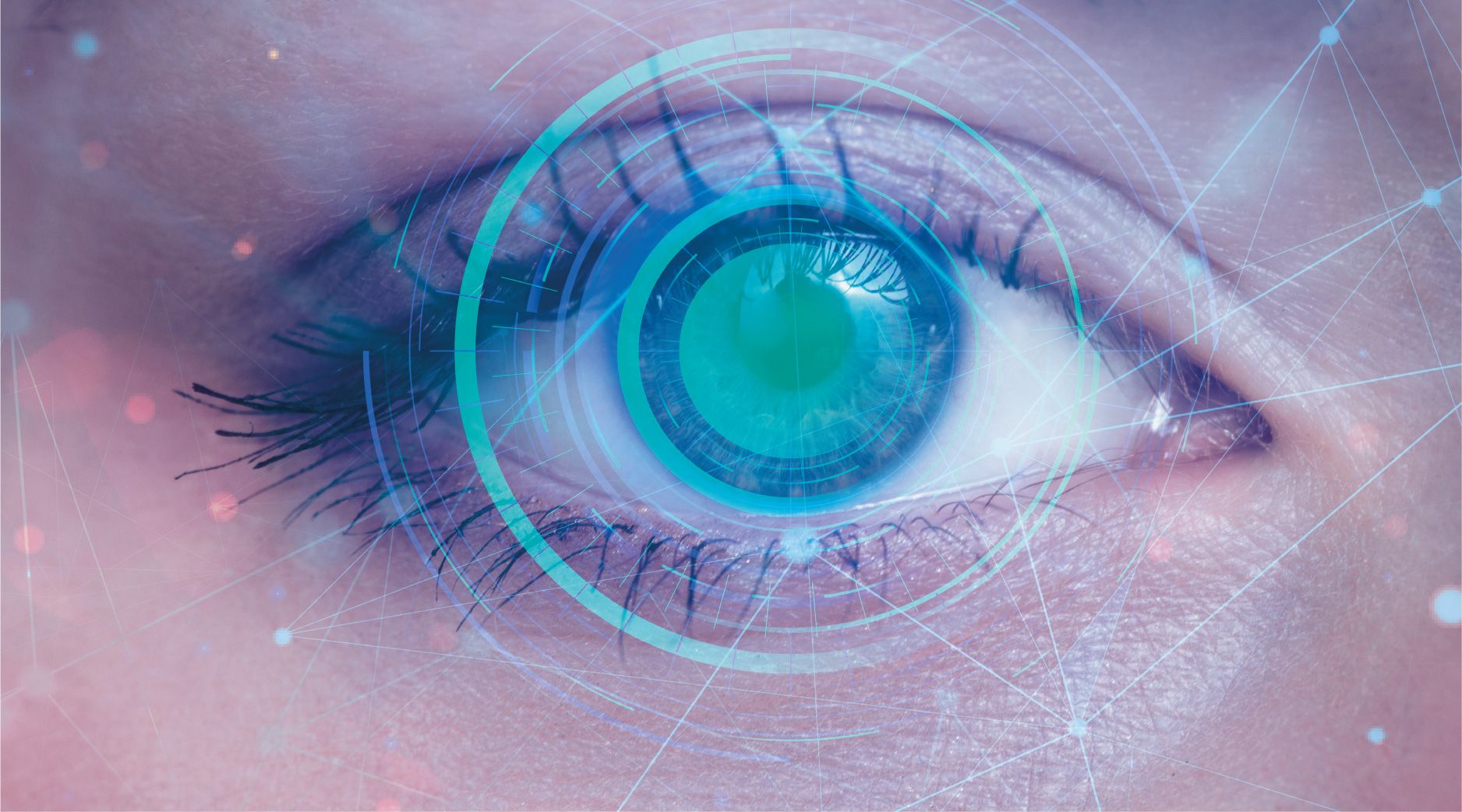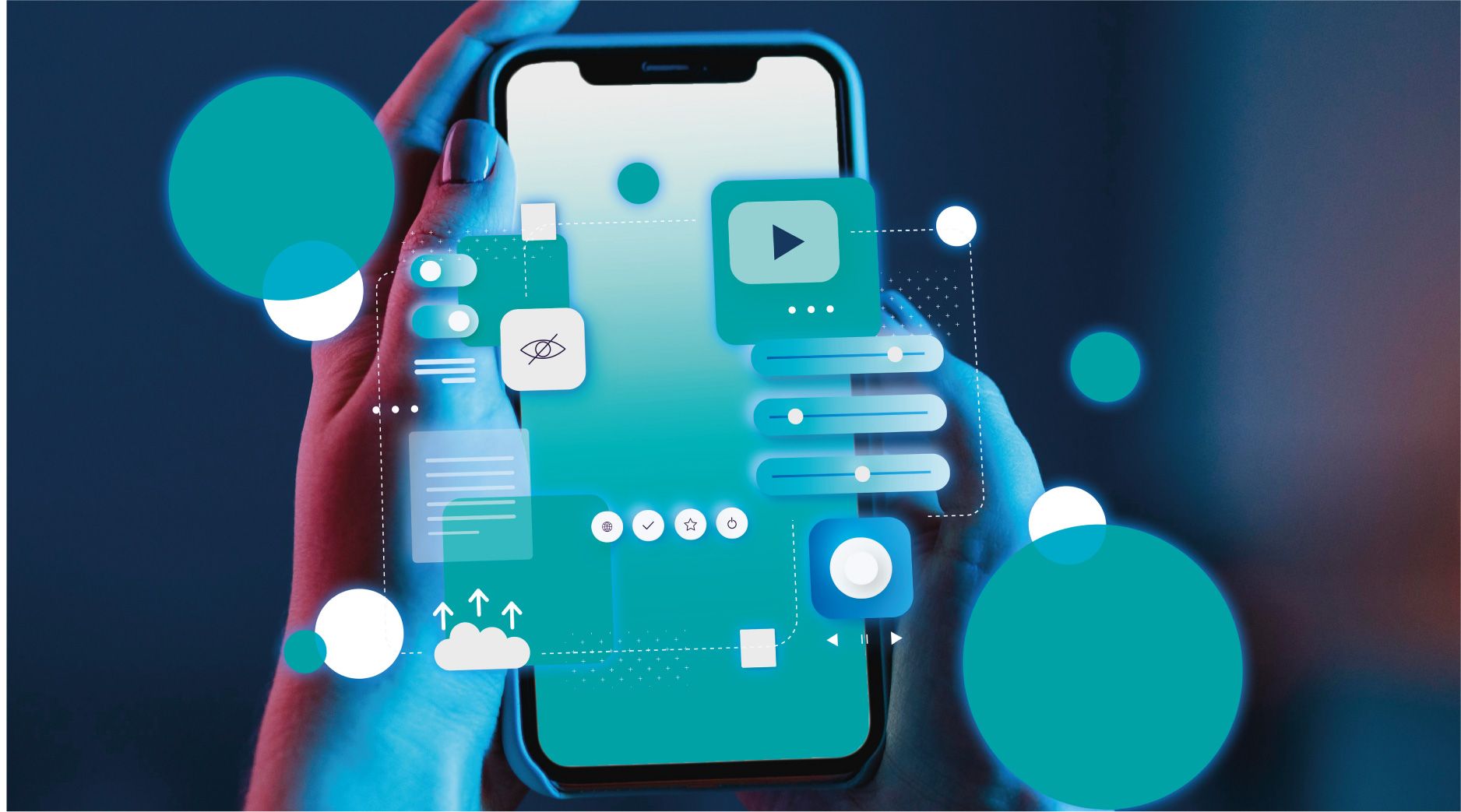

Computer Vision: Eyes on the Future


Dennis Valverde
CCO
In the 2002 hit thriller Bourne Identity movie starring Matt Damon, there’s a terse scene where Jason Bourne is in a train station trying to protect a terrified journalist from being killed. There are CCTV cameras all over the station. Bourne is doing his best to keep his journalist pal safe, and out of the eyes of the cameras, which the CIA operatives with maleficent intentions of course have access to. After an intense fight scene, viewed via a camera, the CIA agent in charge, zooms in on Bourne’s face and identifies him, “that’s Jason Bourne”. The facial recognition that just happened in this scene was done with human eyes, but now, in 2020 it would likely be done quicker with a subset of artificial intelligence, computer vision.
While most computer vision scenarios aren’t quite as dramatic as in movies, computer vision is an exciting and fascinating development within artificial intelligence. Computer vision is a segment of AI wherein computers with special algorithms are able to draw inferences from the visual world, mimicking the way that human vision functions to acquire, process, identify, analyze and act on information.
A computer vision algorithm works by showing a computer hundreds of images of photos at various angles and videos of a certain object or person; and from these images, the computer is able to recognize your uncle Bill or your cat Whiskers. The more images it has access to, the quicker and “smarter” it can become at visual identification. It can label the images correctly and support decision making processes. Computer vision is able to automate tasks that humans do visually with incredible speed and accuracy.
Computer vision has many more uses than the most obvious, facial recognition. Facial recognition is frequently employed on smart phones and within social media sites to group and identify people in photos. Beyond this, the ways that computer vision is being used are expansive, making it one of the most exciting developments within AI and machine learning. Check out the following examples.
Manufacturing
In the manufacturing sector, computer vision can identify product defects quickly before they leave the factory floor. One of the more well-known uses of computer vision within manufacturing has been at Tesla. Tesla has an autopilot function that allows for lane centering, self parking and more. The ultimate prize, however, is winning the race to be the first self-driving car, and Tesla’s acquisition of computer vision start-up DeepScale last year puts them on track to do just that.
Medical
Computer vision is being used to “read” CAT scans, MRIs and X-rays to detect any abnormalities. There’s also a huge promise for computer vision to help with skin cancer diagnosis. At IBM Research, scientists are hopeful that one day in the near future, a simple photo of a mole or suspicious spot will help determine if it is Melanoma or another type of skin cancer or simply a benign mole. This would save time in diagnostics as well as reduce the need for biopsies.
Public Sector
Within the Public Sector, computer vision can be used for a variety of tasks from equipment to infrastructure maintenance to detect where repairs are needed. It can also be used to find contraband in cargo as well as ensure compliance with regulations inside buildings and on city streets.
Insurance
In the insurance industry, computer vision comes in handy to quickly and accurately conduct vehicle damage assessments. This helps eliminate fraud and makes the process easier for those who do have to file claims.
The uses of computer vision certainly don’t stop with these examples. Computer vision is being used in almost every industry to expedite data and ameliorate client experiences. Future uses of this technology, some of which we might not even be able to predict today, are vast. If you’re curious to learn more about computer vision and how you might leverage this technology in your business, let us know. We have answers!
Let's meet and talk
We're here to help you accomplish your projects. Ask us anything, or schedule a call.
Let's meet and talk
We're here to help you accomplish your projects. Ask us anything, or schedule a call.
See_


Dennis Valverde
CEO


Dennis Valverde
CEO


Dennis Valverde
CEO